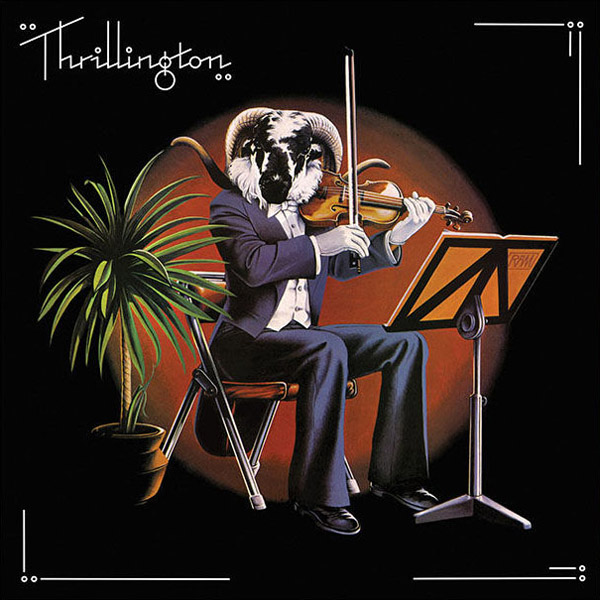
October 1976
Paul McCartney revives the “Thrillington” project
Last updated on May 4, 2022

October 1976
Last updated on May 4, 2022
Previous article Sep 19, 1976 • The Beatles receive a $230 million reunion offer
Album Sep 26, 1976 • "Ringo's Rotogravure" by Ringo Starr released in the US
Concert Sep 27, 1976 • Germany • Munich
Article October 1976 • Paul McCartney revives the "Thrillington" project
Concert Oct 19, 1976 • United Kingdom • London
Concert Oct 20, 1976 • United Kingdom • London
Next article December 1976 • Wings Fun Club newsletter December 1976 published
From “Good Day Sunshine” fanzine, issue #78:
[…] But back in October of 1976, Hewson received a letter from MPL, with a contract, talking about the unreleased instrumental Ram album. The letter explained that “Paul has always been very keen on this project, and we might be able to arrange for it to be released in due course.” The letter and contract were dated October 18, 1976, one day before Wings ended its world tour at Wembley Arena.
At the end of that year, Wings Over America was released, and by February of 1977, Paul was back at Abbey Road with the band beginning work on their next studio album, which would come out a year later as London Town. Within a few months, the instrumental album was released. Just why, suddenly, Paul decided it was time to release the record is anyone’s guess. Perhaps it was “housecleaning” time – time to dig up some precious old recordings which hadn’t yet been given their chance to see the light of day.
Two such records were released by May 1977, both under pseudonyms. Linda’s unreleased 1972 Red Rose Speedway recording, “Seaside Woman”, was released in the U.S. under the name Suzy and the Red Stripes. And the instrumental Ram album was finally issued as Thrillington by an unknown socialite named Percy “Thrills” Thrillington.
According to an article published in London’s Evening Standard in March 1977 (and reprinted in a recent Club Sandwich), when Paul started his new company in 1971, McCartney Productions, Ltd. (later to become MPL), the first artist signed to the organization was an Irish bandleader named Percy Thrillington. So as far back as the days of the album’s recording, the Thrillington name, apparently, has been kicked around.
As the release of the album approached, during that month of February that Wings were in town recording, Paul & Linda began dropping ads in the Evening Standard and The Times, announcing the various and sundry activities of this Thrillington fellow. “The British press got really fed up,” recalls Richard Hewson, “because everyone knew it was made up.” Regardless, the ads kept coming, and eventually, on April 29 (May 16 in the U.S.), the album was released.
Not surprisingly, without any “official” push from Paul, Thrillington drew very little attention, even with the release of a single in England (“Eat at Home”). “Because of the ficticiousness of the Thrillington bit, there was nobody, eventually, to perform it,” says Hewson. “They didn’t want me to go on the road with it as ‘Percy Thrillington’ or anything like that. It would have been wonderful if it had been presented with a proper orchestra and good musicians, playing live.” That never happened, though Hewson was, in a way, represented on the back cover art, as Percy Thrillington. “I did used to conduct in a three-piece suit and bow tie, so I suppose that’s me.” Today, the LP is among McCartney’s rarest, on both sides of the ocean, with a “near mint” copy going for over $100 in the U.S.
By the way, to answer our original question of who the real Percy Thrillington is, one only has to go back to studio records. As Tony Clark recalls, “It wasn’t an EMI job, per se, as I recall. It was booked as an independent job.” The “tin,” the square metal can in which the master tapes are kept, he recalls, had the artist listed as “Richard Hewson” on the inside label. “I went back to look at it some time later, though, and someone had crossed off Richard’s name and written in ‘Percy Thrillington.’ I guess that answers your question.”
In all the days since the time it was recorded and the time of its release, Tony Clark had only a 1/4″ reel-to-reel tape he’d made of the album, one which he had made to check the mixes at home to assure himself that the excitement he felt in the studio had made it onto the final tape. He kept that tape through all of those years, playing it occasionally to remind himself of the occasion. “It was such a special session that it still just sticks out in my mind as one of the best pieces of magic in my career,” he says. “My view is if you’re a McCartney fan, if you appreciate McCartney music, there is no doubt in my mind that Ram is pure McCartney. And Thrillington captures the spirit of those songs amazingly.”
From “Good Day Sunshine” fanzine – Issue #78 – Quoted in mcbeatle.de
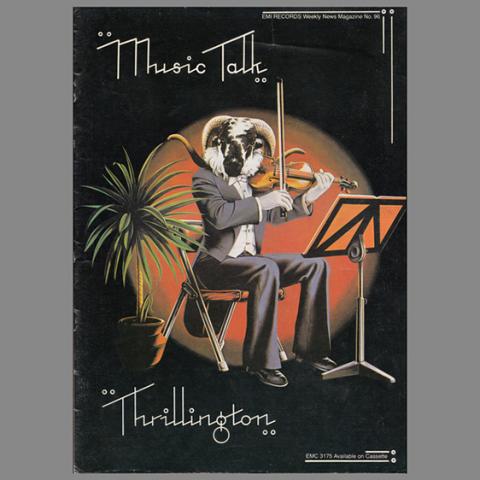
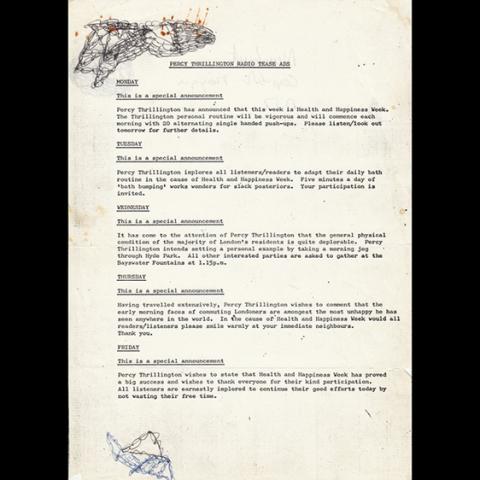
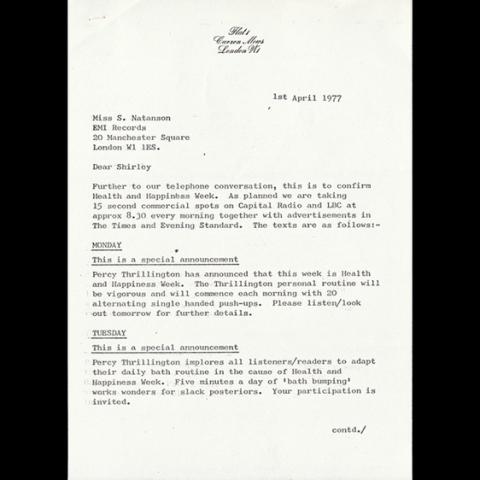
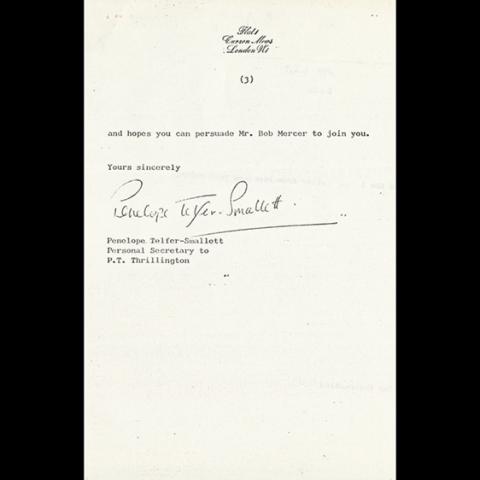
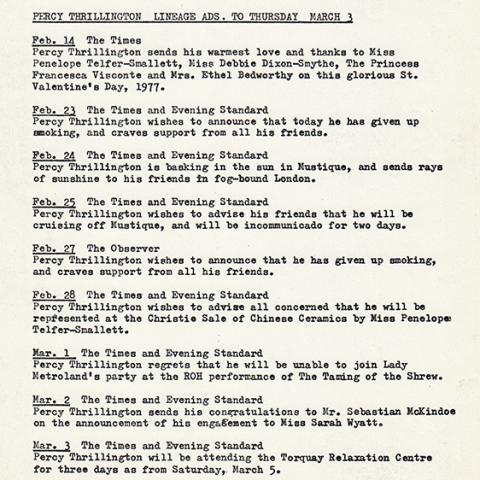
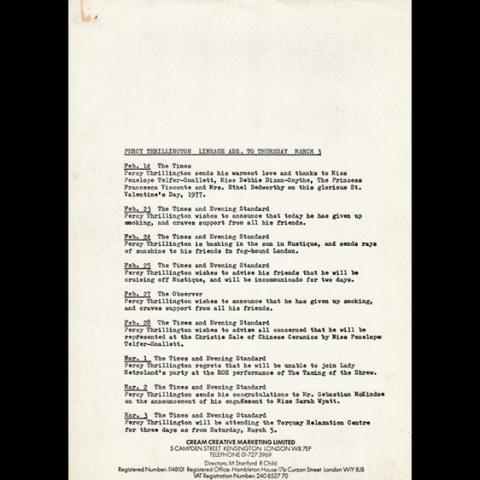
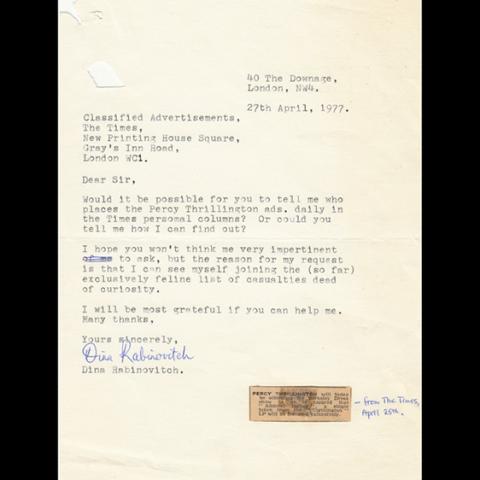
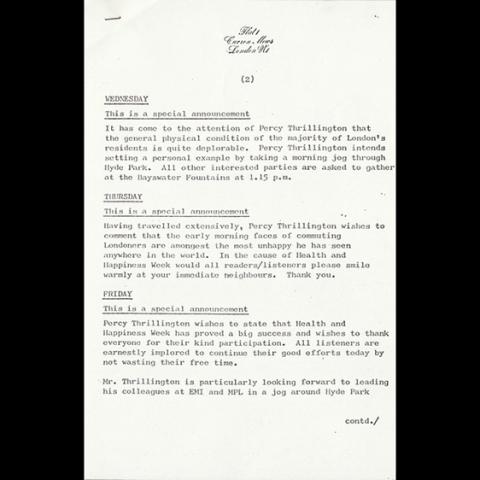
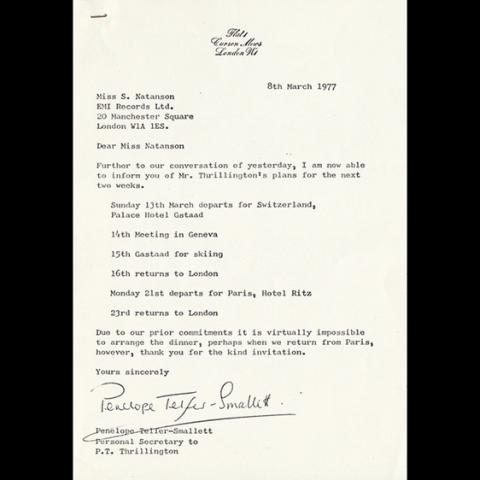
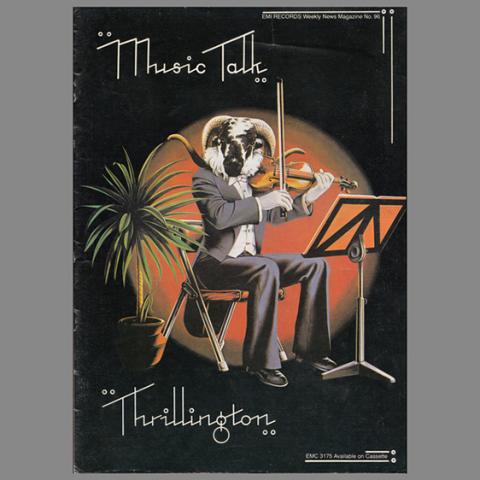
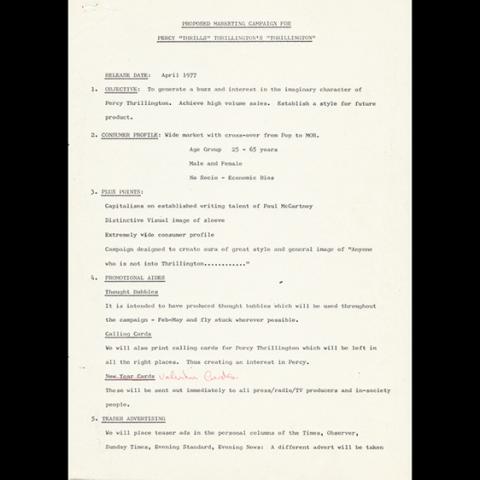
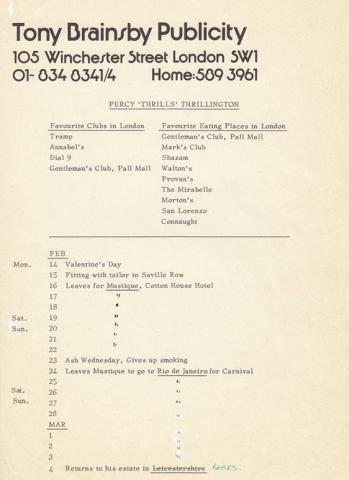
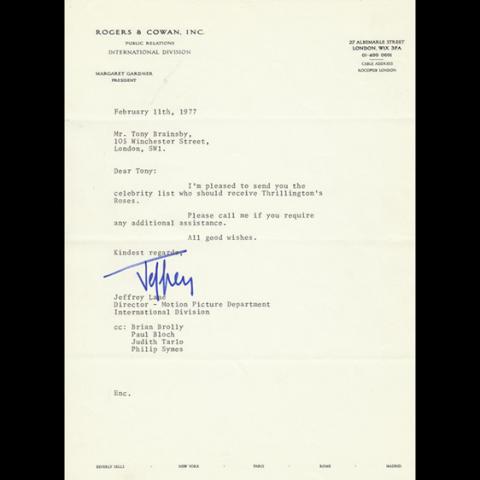
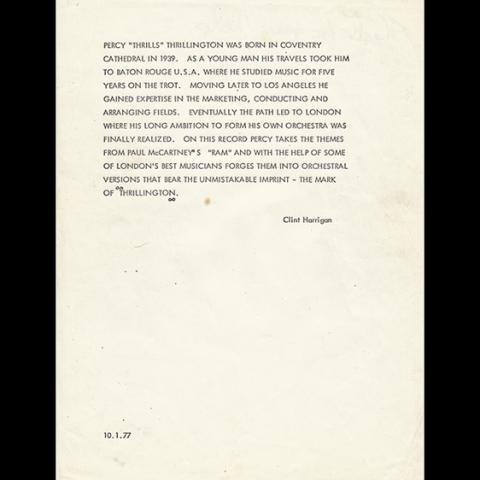

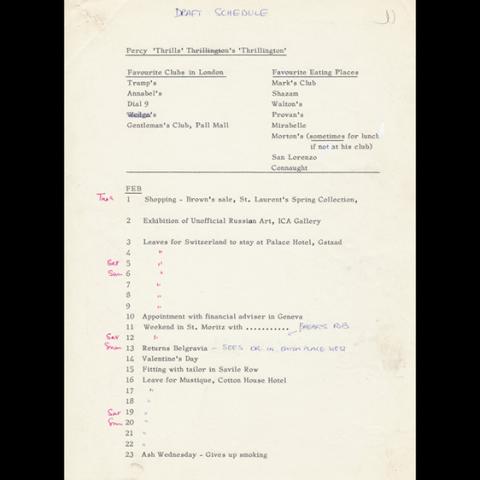
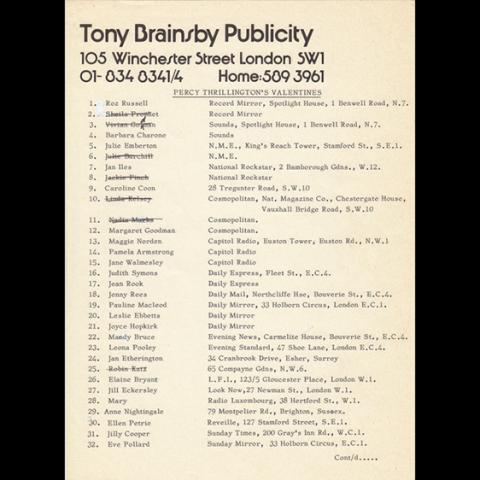
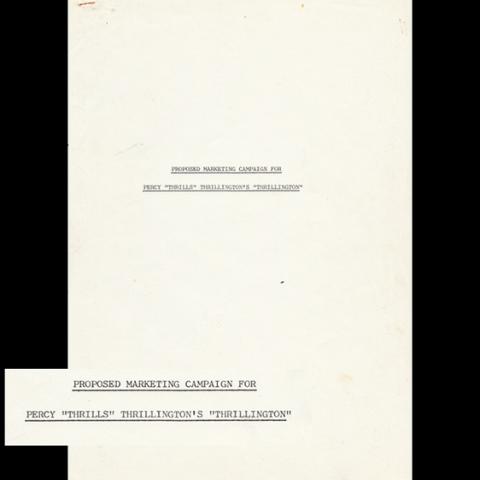
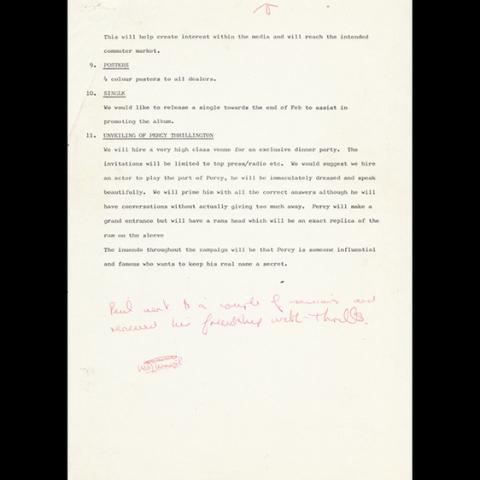
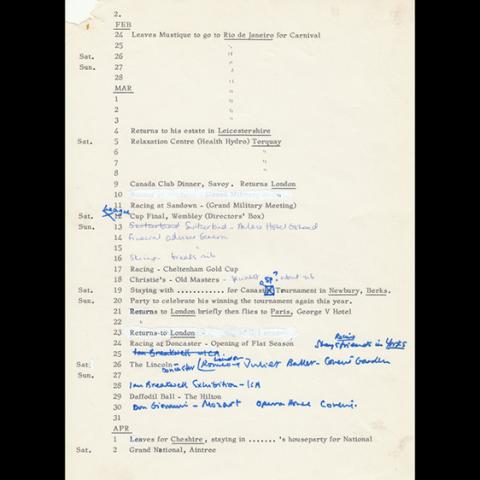
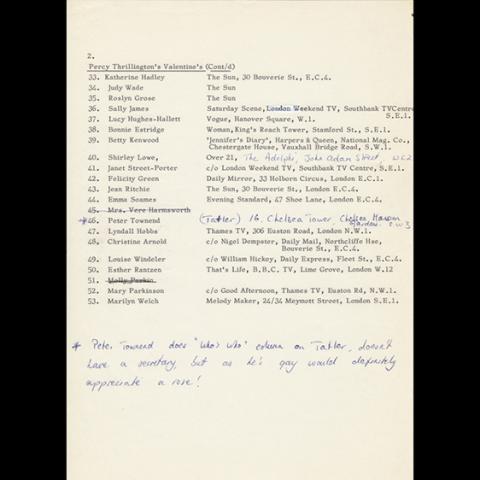
The Beatles Diary Volume 2: After The Break-Up 1970-2001
"An updated edition of the best-seller. The story of what happened to the band members, their families and friends after the 1970 break-up is brought right up to date. A fascinating and meticulous piece of Beatles scholarship."
We owe a lot to Keith Badman for the creation of those pages, but you really have to buy this book to get all the details - a day to day chronology of what happened to the four Beatles after the break-up and how their stories intertwined together!
The Beatles - The Dream is Over: Off The Record 2
This edition of the book compiles more outrageous opinions and unrehearsed interviews from the former Beatles and the people who surrounded them. Keith Badman unearths a treasury of Beatles sound bites and points-of-view, taken from the post break up years. Includes insights from Yoko Ono, Linda McCartney, Barbara Bach and many more.

Notice any inaccuracies on this page? Have additional insights or ideas for new content? Or just want to share your thoughts? We value your feedback! Please use the form below to get in touch with us.